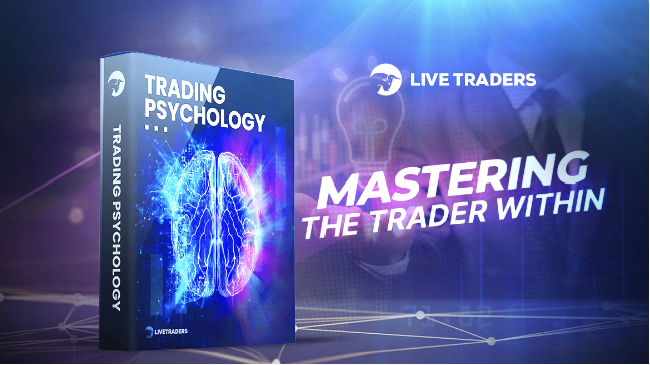Isn’t it fascinating how trust plays a pivotal role in various aspects of life, including trading? Many of us have spent countless hours backtesting trading strategies, only to discover that they actually work. Allow me to share a story which illustrates a relevant point. I once knew an individual who was highly skilled at technical analysis, yet he struggled to follow through on his intentions. His fear and a pervasive belief that “this won’t work for me” held him back. In trading, a similar phenomenon occurs, but it revolves around the vulnerability we experience.
You may find yourself comfortably analyzing charts on TradingView and conducting extensive backtests, but when it comes time to execute trades, your mind can wreak havoc. Our minds can be treacherous places, akin to dangerous neighborhoods at times. While backtesting, you might catch yourself thinking, “Oh my goodness, I could have made more on that swing trade,” or “I missed out on more profit with this swing trade,” or even, “This strategy is so effective, it can’t be this simple.” In reality, trading consists of patterns within patterns, driven by both humans and bots, and these patterns occur across various aspects of life. The simplicity lies in recognizing and following these patterns.
What isn’t simple, and the reason I wrote the Trading Psychology Course, is mastering the human mind. Trading is predominantly a mental endeavor, accounting for around eighty-five to ninety percent of the equation. Imagine having an excellent trading system that works exceptionally well, especially during backtesting. Just today, I reviewed my system and realized I could have made $2000 on an MNSO trade that I missed because I didn’t spot it. Every Saturday morning, I analyze the hourly chart of the past twenty days, examining the patterns and potential profits they could have generated. The challenge arises when we receive real-time alerts, as we tend to become vulnerable to our emotions.
In moments of vulnerability, we often overmanage our trades, scrutinizing every market movement, pullback, and every green or red candlestick. Depending on the direction, these fluctuations can trigger a range of emotions. When emotions take over and we deviate from our plan, we exit trades prematurely. However, when we diligently follow our trading system, trading becomes straightforward, especially after working on our mindset. Vulnerability is the silent trader killer, exacerbated by the fear it elicits.
Here’s a simple yet crucial task for you: Start trading. Pick a Monday as your starting point and faithfully execute your trading system, regardless of how challenging it may be to remain in a trade. Push through the emotional rollercoaster triggered by each market fluctuation, and simply allow your system to run its course. Trust me, after twenty trades, you’ll be amazed at how much more money you could have made by not sabotaging yourself. You’ll learn to break free from self-sabotage, eliminating vulnerability and fear from your trading equation.
How many more times do you need to engage in mental gymnastics through backtesting before you take the leap? This is precisely what we address in the Trading Psychology Course. We aim to move beyond the mental gymnastics and overcome the fear, ultimately shaping you into a systematic trader who understands that losses are part of the game, as long as your wins outweigh them. This path leads to high profitability and lasting success.
Embrace the journey, and may your trading endeavors be marked by trust, discipline, and resilience.
-Anmol Singh





